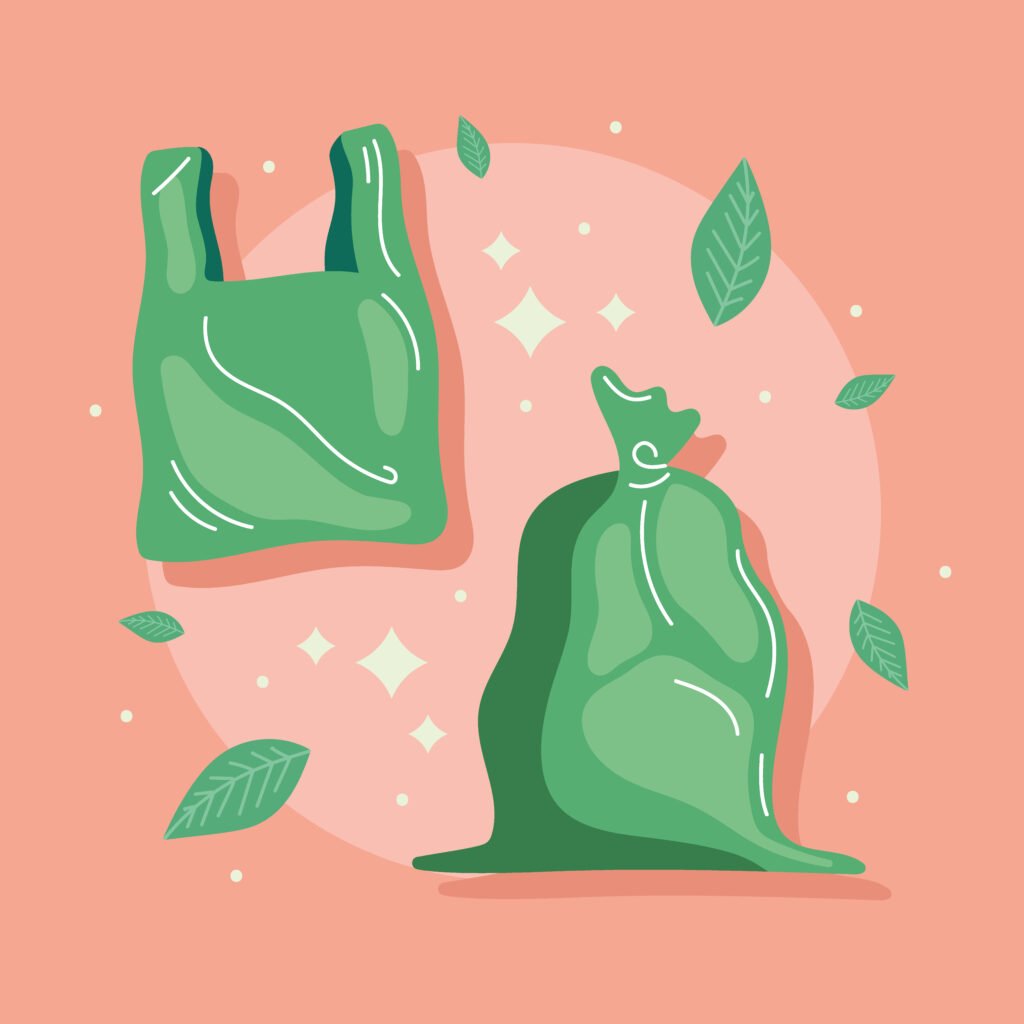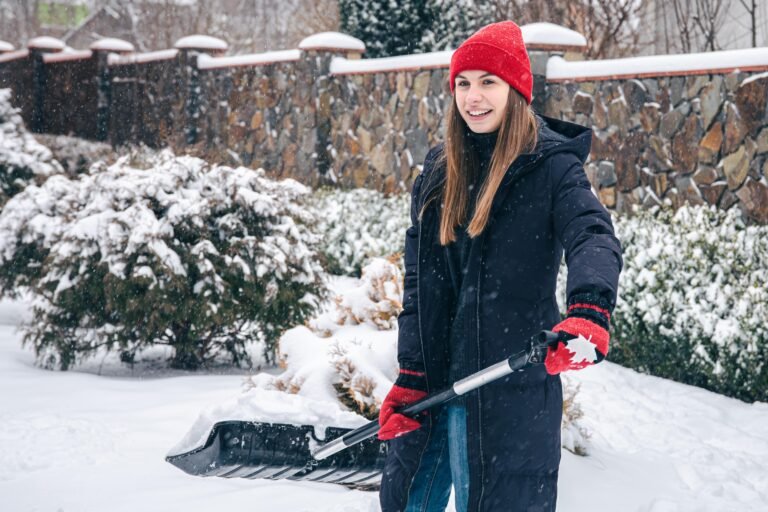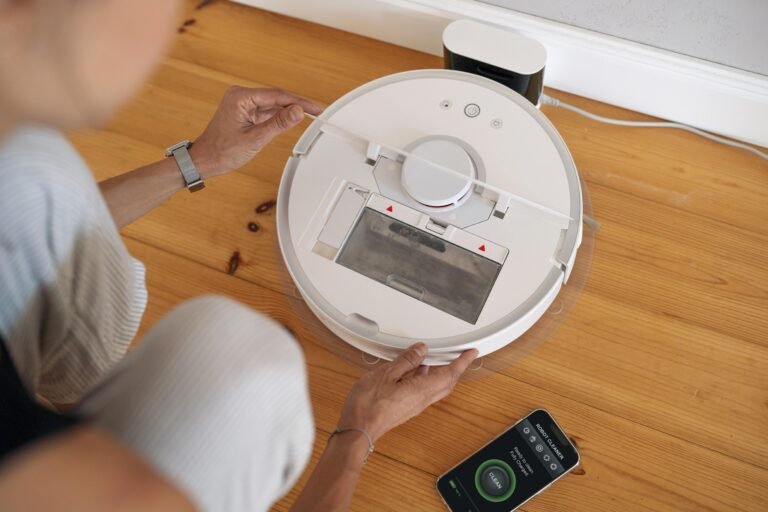How to Compost Leaves in Plastic Bags? Simple Steps for Rich Soil
You can make great soil for your plants by putting leaves in plastic bags. This is called “bag composting.” It’s a simple way to change leaves into rich compost without much work. Plastic bags keep everything tidy and easy to manage, no matter how big your garden is.
This guide will show you how to make compost in plastic bags, step by step. It’s perfect for both new and experienced gardeners. You can turn your fall leaves into helpful stuff for your plants next year!
Why Compost Leaves?
Instead of throwing away leaves, you can turn them into super soil. Leaves are full of good stuff for plants. When leaves get old, they make rich, dark soil called humus. This makes the soil better at holding water and growing healthy plants.
Leaves are like a snack for the soil. Mix them with other stuff like grass clippings and kitchen scraps to help them break down faster. This also means you can use less store-bought fertilizer, which is good for the planet. Plus, using leaves for compost helps keep trash out of landfills.
You can easily make leaf compost in plastic bags. It’s a simple way to recycle your garden waste and grow amazing plants!
Choosing the Right Plastic Bags
You need strong plastic bags for your leaf compost. They should be big and tough so they don’t break while the leaves turn into soil. Bags made for leaves and grass are usually the best.
Make sure the bags are thick and can handle being outside for a long time. They should be big enough to hold lots of leaves, but not too full. This lets air in, which helps the leaves break down. Bags that hold about 30 gallons are a good size.
If you can, use clear or see-through plastic bags. Sunlight helps the leaves turn into compost faster. But don’t worry if you only have dark bags. They work too.
The most important thing is to use strong, big bags that won’t break when you put the leaves in.
Collecting and Preparing Leaves
It’s easy to collect leaves for compost. Just rake or blow them up when they’re dry. Wet leaves stick together and don’t break down well.
Next, you need to make the leaves smaller. This helps them rot faster. You can use a lawnmower with a bag, or a special leaf shredder, or just run over the leaves with your mower a few times. Small pieces of leaves turn into compost much quicker than big ones.
Look for big sticks, rocks, or other stuff in the leaves. Take them out. You want the leaves to be the same size and nothing should stop them from turning into compost.
Once the leaves are small and clean, you can put them in plastic bags.
Maintaining Your Leaf Compost Bags

To make good compost, you need to look after your leaf bags. The leaves need the right amount of water, air, and a little mix-up.
The leaves should be damp, like a squeezed-out sponge. If they’re too dry, add a bit of water. If they’re too wet, open the bag to let some water out. Too much water can make the leaves smell bad, and too little water makes them break down slowly.
The leaves need air to change into compost. Poke some holes in the plastic bags to let air in and out. This helps the good bugs that turn leaves into soil.
You should mix up the leaves in the bags sometimes. This helps the water and air reach all the leaves. Gently shake the bags or use a garden tool to mix them.
Check on your leaf bags every few weeks. If the leaves aren’t changing fast enough, add some grass clippings or kitchen scraps. With good care, your leaves will turn into rich soil in a few months!
When and How to Use Your Compost?
Your leaf compost is ready when it looks like dark, crumbly dirt and smells like soil. It should not have any pieces of leaves left. This takes a few months.
How to use your compost:
- Spring: Mix compost into your garden before planting flowers and vegetables. This helps them grow strong.
- Summer: Put compost around your plants to keep the soil wet, stop weeds, and give plants food slowly.
- Fall: Add compost to your garden after you harvest your plants. This helps the soil get ready for next year.
- Winter: Spread compost on top of the soil to make it better for planting in spring.
Using Your Compost
Compost is great for your garden! Here’s how to use it:
- Mix it in the soil: Add compost to your garden dirt to make it better. Use about 2-4 inches of compost for every 6-12 inches of soil.
- Cover plants: Put compost around your plants to help them keep water and grow better. It also stops weeds.
- Potted plants: You can use compost to make soil for plants in pots. Mix it with other stuff like peat moss.
- Sprinkle on top: Put a thin layer of compost on your grass or garden. This helps the soil and plants grow.
Using compost makes your garden healthier and happier!
Tips and Tricks for Successful Composting
Making great compost from leaves is easy, but here are some tips to make it even better:
- Mix it up: Leaves are dry, so add things like grass clippings or old coffee grounds to help them break down faster. You need a good mix of brown (leaves) and green (other stuff).
- Cut them small: Make the leaves into tiny pieces. This helps them rot much faster.
- Keep it damp: Your leaves should be wet, like a squeezed sponge. Add water if they’re too dry, or let them air out if they’re too wet.
- Let it breathe: Poke holes in the bags so the leaves can get air. This helps them break down better and smell good.
- Mix it up: Stir the leaves around in the bags every few weeks. This helps everything break down evenly.
- Check the temperature: Compost gets hot. If it’s too cold, add more green stuff or let in more air. If it’s too hot, make sure it’s not too packed and has enough water.
- Don’t add bad stuff: Don’t put meat, dairy, or sick plants in the compost. Only use plant parts.
- Use your compost: Once it’s ready, use the compost in your garden. It makes the soil better for your plants.
Follow these tips for the best compost ever!
In Conclusion
Making compost from leaves is super easy! Just put the leaves in plastic bags, follow a few simple steps, and watch them change into rich soil. This is a great way to recycle your garden waste and help your plants grow strong. By following some helpful tips, you can make the best compost ever. Not only is it good for your garden, but it’s also good for the planet! So, why not give it a try? Your garden will thank you!
FAQs
1. Why should I compost leaves in plastic bags?
Composting leaves in plastic bags is a simple and contained method to recycle garden waste into nutrient-rich compost. It’s convenient, reduces landfill waste, and provides a natural fertilizer for your garden.
2. What type of plastic bags should I use for composting leaves?
Use large, heavy-duty plastic bags, such as lawn and leaf bags, that are durable enough to withstand the composting process. Clear or semi-transparent bags are ideal as they allow sunlight to help speed up decomposition, but opaque bags work well too.
3. Do I need to shred the leaves before composting?
Yes, shredding leaves into smaller pieces accelerates the decomposition process. Shredded leaves have more surface area for microbes to work on, leading to faster and more even composting.
4. What should I add to the leaves to balance the compost?
Add nitrogen-rich materials like grass clippings, vegetable scraps, or coffee grounds to balance the high carbon content of the leaves. Aim for a ratio of about 30 parts carbon (leaves) to 1 part nitrogen (greens).
5. How often should I check the moisture level in the bags?
Regularly check the moisture level every few weeks. The compost should be moist, similar to a wrung-out sponge. Add water if it’s too dry or open the bags to let excess moisture escape if it’s too wet.







